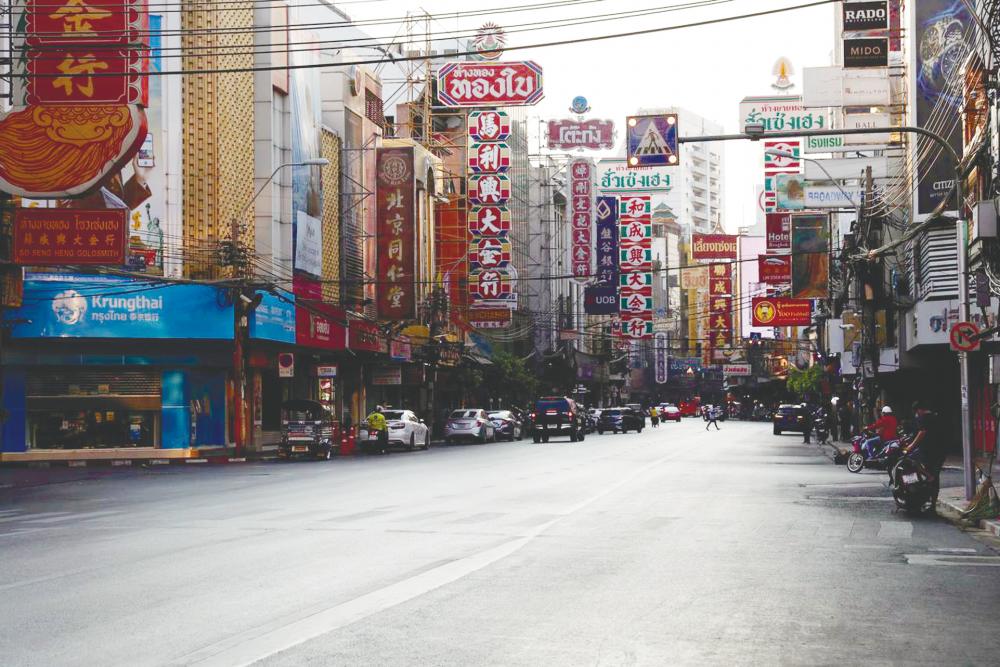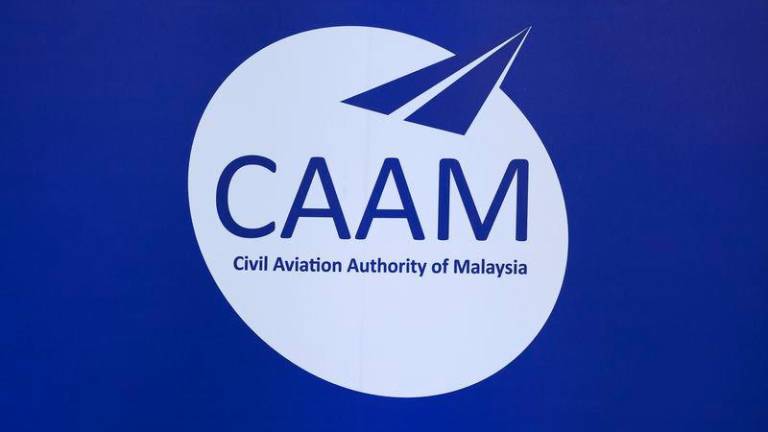PETALING JAYA: Most Southeast Asian (SEA) economies are expected to fall into recession in the first half of 2020 due to the severe impact of the Covid-19 outbreak, according to a new report commissioned by the Institute of Chartered Accountants in England and Wales (ICAEW).
The report Coronavirus Global Outlook: After the Outbreak by Oxford Economics predicts that most SEA economies will fall into recession in the first half of 2020, before recording a 1.9% contraction in 2020.
Measures to lock down countries and cities in the region to varying degrees have substantially cut domestic demand, with many countries bringing in restrictions on exports of food produce to safeguard domestic food supplies, further dampening export growth.
Thailand is forecast to be one of the worst hit amongst SEA economies, because tourism and travel, which have particularly suffered because of the pandemic, account for 20% of its GDP.
On the other hand, Vietnam will emerge the least affected, with its lead in unwinding measures as compared to other countries in Southeast Asia, although it is not immune to the sharp slowdown in trade flows.
However, things are expected to turn a corner in the second half of the year for SEA economies, as Chinese import demand and global trade recover at a consistent pace, while a slower pace of normalisation will continue to weigh on tourism-dependent economies.
ICAEW regional director, Greater China and Southeast Asia Mark Billington said the region’s recovery will need to include sustainable solutions that benefit nature, society and economy.
“As countries in the region gradually ease lockdown restrictions and start to open their economies, organisations and businesses will have to adapt to a ‘new normal’ for sustained growth and performance in the post-outbreak world,” he said.
In China, as the virus is now largely contained, gradual growth is expected with a recovery in consumption, reduced supply-side disruptions, and improved investment prospects especially in new industries and infrastructure, all supported by strong government policies.
“China’s reopening is a tell-tale sign that other economies in the region will bounce back with time. However, a recovery in the second half of 2020 will not make up for lost activity in the first half of the year and we expect global GDP to return to pre-crisis levels only by mid-2021.
“While fast-growing emerging markets are more likely to reverse the losses in GDP than their slower-growing counterparts, each region will have its own particular experience with the crisis that will dictate the depth of its recession and the strength of its recovery,” Billington added.
Coordinated fiscal stimulus packages and monetary easing from authorities across the region will support the recovery in economic growth, with GDP growth eventually set to rebound to an average 8% in 2021.










